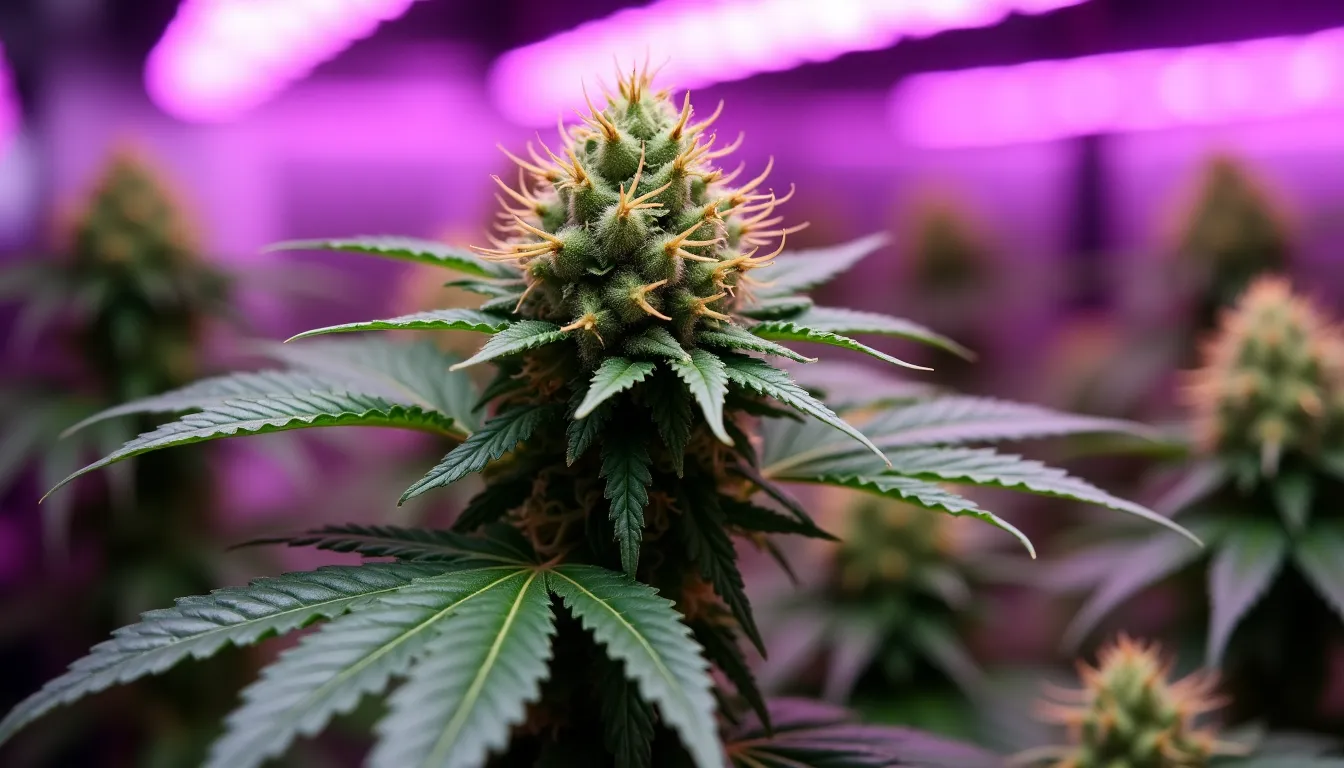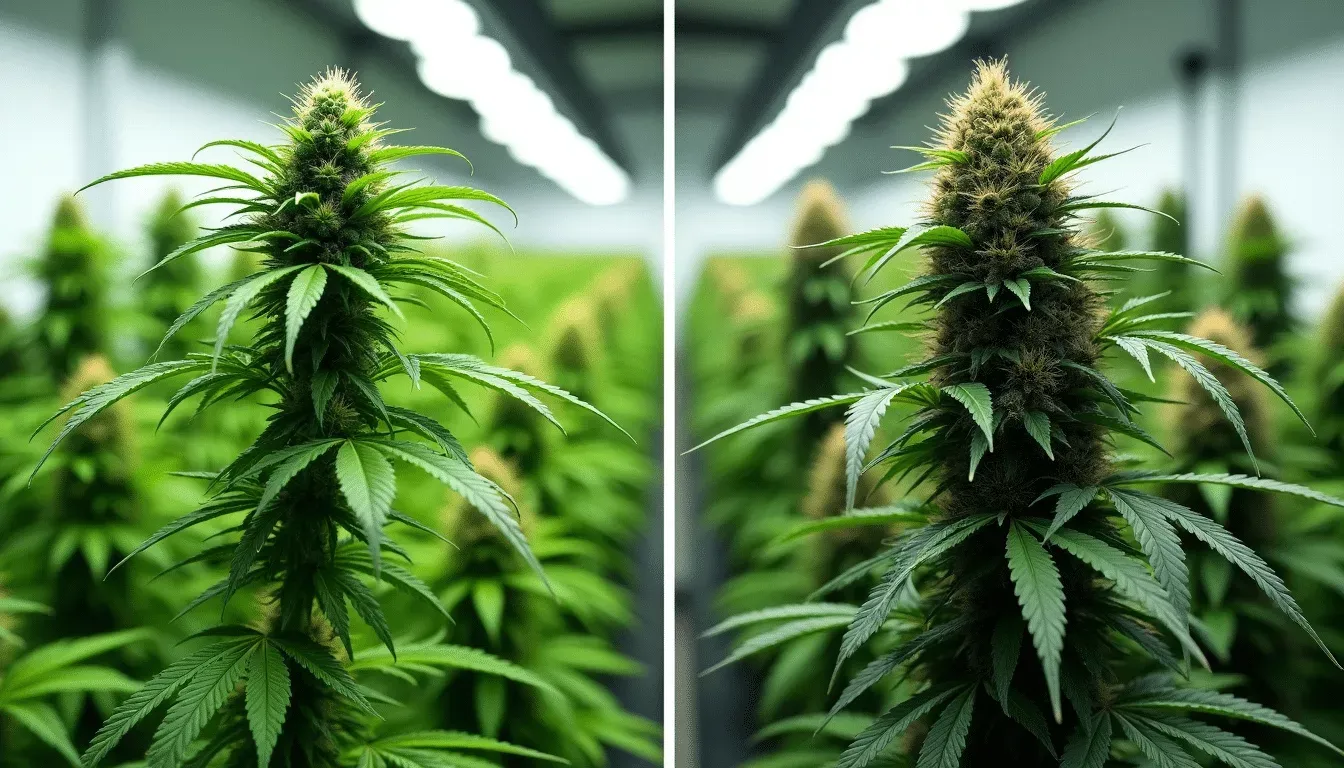What are the early signs of male plants
You’ve spent countless hours tending to your plants, nurturing them from seedling to maturity with the highest expectations. But when it comes to species sensitive to gender differences, the presence of male plants can significantly impact outcomes. Knowing the early signs of male plants becomes crucial, especially for cultivators focused on maximizing yields or avoiding unintended pollination. This article delves into the subtle art of identifying male plants, equipping you with the knowledge and confidence to make informed decisions.
Understanding the Basics: What Does ‘Male Plant’ Mean?
In the world of dioecious plants, the term “male” goes beyond human gender connotations and refers to plants whose primary role is producing pollen rather than fruit or seeds. This distinction is crucial in species such as cannabis, hops, and some fruit trees, where only the females bear the sought-after products, while the males contribute pollen essential for fertilization.
For cultivators, discerning male plants early helps in avoiding resources spent on plants that won’t produce the desired yields. In cannabis cultivation, for instance, male plants can reduce the potency of a crop by pollinating females and prompting seed production instead of the more desirable seedless buds, known as sensimilla. Recognizing early signs ensures that growers can separate males before pollination, preserving the quality and yield of female plants. But how do you identify these male plants before they throw you a curveball?
Spotting the Difference: Early Signs of Male Plants
Physical Characteristics
Identifying male plants starts with scrutinizing the nodes—those spots on the stem where branching occurs or leaves emerge. In many species, male plants tend to develop sex organs faster than their female counterparts. Cannabis, for example, will show pre-flowers at the nodes typically within the third to sixth week of vegetative growth. Male signs include the development of small sacs, often likened to tiny balloons, which eventually burst with pollen.
Another key indicator is structure and growth patterns. Male cannabis plants, for instance, often showcase taller, spindlier builds with fewer leaves. This growth structure facilitates easier pollen dispersal, aligning with the plant’s reproductive strategy. In dioecious species like spinach, early signs of male plants include longer stems and the presence of tiny pollen-bearing structures.
Growth Environment Influence
Remember that plant gender expression can vary depending on environmental conditions. Stress factors such as substantial shifts in light exposure, temperature variation, or inconsistent watering can sometimes influence the sex of developing plants. While nature provides its guidelines, external conditions sometimes blur the lines, emphasizing the importance of vigilant observation.
The Upside: Benefits and Practical Uses of Male Plants
Contrary to the immediate instinct of removing males, these plants can offer unique advantages. First, male plants are essential for breeding new strains and cultivating diverse genetic profiles. With a controlled approach, breeders harness the desirable traits of selected males to enhance or modify existing plant lines. This strategy propels the creation of disease-resistant varieties or those with improved growth characteristics.
In ecological terms, male plants contribute significantly to biodiversity, enhancing genetic variation which can strengthen ecosystems against pathogens and environmental changes. For hobbyists or enthusiasts, maintaining a curated collection of male plants can lead to personal breeding experiments, offering a rewarding dive into plant genetics.
Moreover, studying the growth patterns and structures of male plants can provide valuable insights into plant health and development, which can be applied to the care of other plant species, fostering a comprehensive understanding of plant physiology.
Your Action Plan: Tips for Identifying and Managing Male Plants
Regular Monitoring
For those wanting to swiftly identify male plants, consistent observation is key. Regularly check your plants during their growth phase, focusing particularly on the nodes as pre-flowering approaches. Keep detailed records of your observations, which can help in tracking patterns and understanding plant development.
Isolation Strategies
If you’re cultivating in a setting where male plant pollination isn’t desired, consider setting up environmental barriers to isolate potential males early. Simple mesh screens or partitioned growing areas can significantly reduce the risk of unwanted cross-pollination.
Leveraging Technology
Advancements in technology offer innovative solutions for determining plant gender early. Genetic testing can now pinpoint a plant’s sex even before pre-flowers form, through a sample of plant tissue. While this might not be feasible for small-scale operations, it’s an invaluable tool for larger growers looking to enhance precision in their cultivation practices.
Explore Further Resources
Your understanding of plant gender can be enriched by exploring resources that delve into genetics and breeding techniques. Websites such as Royal Queen Seeds Blog offer comprehensive insights into cannabis genetics and breeding. Although geared towards cannabis, the principles serve as a valuable resource for understanding plant gender identification and manipulation across various species.
Conclusion: Empowering Your Cultivation Endeavors
The importance of knowing the early signs of male plants cannot be overstated, particularly for those seeking to maximize yields and ensure quality. By understanding the physical characteristics and growth patterns unique to male plants, you can confidently manage your garden or cultivation setup.
Whether you view male plants as a hurdle or asset, approaches like regular observation, isolation, and even leveraging genetic testing offer practical solutions that adapt to your goals and resources. In embracing this knowledge, you’re not only bolstering your cultivation skills but also participating in a broader conversation about plant biodiversity and the ecological roles all plant genders play. So go forth, armed with this newfound understanding, and take charge of your garden’s potential. Share your experiences, continue to learn, and explore the fascinating intricacies of plant life.
FAQ: Early Signs of Male Plants
What are the visual differences between male and female pre-flowers?
Male plants typically develop small, round pollen sacs at the nodes, whereas female plants show pistils forming a V-shape.
Do male plants have a different growth pattern in the early stages?
Yes, male plants often grow taller and more vertically compared to females, focusing energy on stem and leaf production.
At what age do male plants start showing their sex?
Male plants can begin to show signs of their sex as early as 3 to 6 weeks into growth, particularly in the pre-flower stage.
Are there leaf pattern differences between male and female plants?
While there are no significant leaf pattern differences, male plants may have less foliage density compared to females.
Can stress influence the development of male characteristics in plants?
Yes, environmental stressors like irregular light cycles or poor nutrition can sometimes cause plants to express male characteristics.
Related: How to Grow cannabis, Growing cannabis
Share this content:



